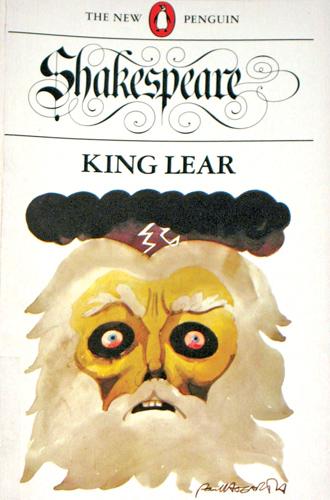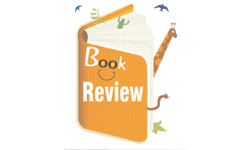

The plot of Shakespeare’s King Lear which is his bleakest tragedy begins with a contest of love held by the aging Lear to determine which of his three daughters loves him the most, in order to divide his inheritance among them. Lear is almost childlike in his demand for a public declaration of love which is something very personal. Lear behaves as if he is in his second childhood, and falls for the poisonous flattery of his two hypocritical elder daughters Goneril and Regan who lie to him when they tell him that they love him. Lear’s youngest daughter Cordelia who truly loves him refuses to devalue the quality of her love by making a public declaration and is disowned by him.
Lear’s advisor Kent discerns Cordelia’s sincerity and tries to make Lear reverse his decision to disown her. Kent tells Lear, “Think’st thou that duty shall have dread to speak/When power to flattery bows? To plainness honour’s bound/When majesty falls to folly. Reserve thy state/And in thy best consideration check/This hideous rashness. Answer my life, my judgment/Thy youngest daughter does not love thee least/Nor are those empty-hearted whose low sounds/Reverb no hollowness” Fortunately for Cordelia, one of her suitors, the King of France who becomes her husband is also able to discern her honesty and says, “Love is not love, when it is mingled with regards that stand aloof from the entire point”.
The parallel plot centres on the Earl of Gloucester and his legitimate son Edgar and his bastard son Edmund who is the Machiavellian villain in the play. Edmund deceives Gloucester into believing that Edgar wants to murder him.
As the play progresses, Lear realises his mistake and gradually descends into madness. In Act 4 Scene 7, Lear reconciles with Cordelia but tells her, “You do me wrong to take me out o’ th’ grave/Thou art a soul in bliss, but I am bound/Upon a wheel of fire, that mine own tears/Do scald like molten lead” Shakespeare explores the themes of kingship, love and madness in the play.
Mention the following in your ‘review’: 1. Name of the book 2. Author 3. Year 4. Publisher 5. Why you liked it
